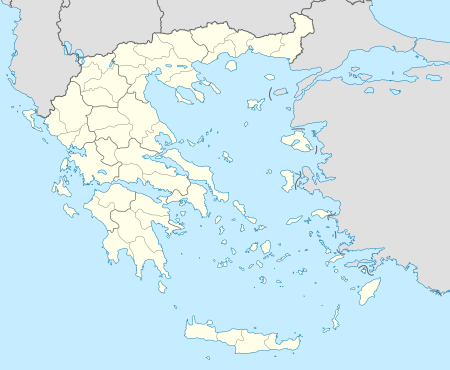
Back Спіс аб’ектаў Сусветнай спадчыны ЮНЕСКА ў Грэцыі Byelorussian Сьпіс аб’ектаў Сусьветнай спадчыны ЮНЭСКО ў Грэцыі BE-X-OLD গ্রিসের বিশ্ব ঐতিহ্যবাহী স্থানসমূহের তালিকা Bengali/Bangla Safleoedd Treftadaeth y Byd yng Ngwlad Groeg Welsh Welterbe in Griechenland German Κατάλογος Μνημείων Παγκόσμιας Κληρονομιάς στην Ελλάδα Greek Anexo:Patrimonio de la Humanidad en Grecia Spanish UNESCO maailmapärand Kreekas Estonian فهرست میراث جهانی در یونان Persian Unescon maailmanperintökohteet Kreikassa Finnish
The United Nations Educational, Scientific and Cultural Organization (UNESCO) designates World Heritage Sites of outstanding universal value to cultural or natural heritage which have been nominated by countries which are signatories to the UNESCO World Heritage Convention, established in 1972.[1] Cultural heritage consists of monuments (such as architectural works, monumental sculptures, or inscriptions), groups of buildings, and sites (including archaeological sites). Natural features (consisting of physical and biological formations), geological and physiographical formations (including habitats of threatened species of animals and plants), and natural sites which are important from the point of view of science, conservation or natural beauty, are defined as natural heritage.[2] Greece ratified the convention on 17 July 1981, making its natural and cultural sites eligible for inclusion on the list.[3]
Greece has 19 properties in Greece inscribed on the World Heritage List, 17 of which are cultural sites and two (Meteora and Mount Athos) are mixed, listed for both their natural and cultural significance. The first site added to the list was the Temple of Apollo Epicurius at Bassae, in 1986. The next two sites listed were the Archeological site of Delphi and the Acropolis of Athens, in the following year. Five sites were added in 1988, two in 1989 and 1990 each, one in 1992, one in 1996, two in 1999, and one in 2007. The most recent site added was the Zagori Cultural Landscape, in 2023. There are no transnational sites in Greece. In addition, there are 13 sites on the tentative list, all of which were nominated in 2014.[3]
- ^ "The World Heritage Convention". UNESCO World Heritage Centre. Archived from the original on 27 August 2016. Retrieved 21 September 2010.
- ^ "Convention Concerning the Protection of the World Cultural and Natural Heritage". UNESCO World Heritage Centre. Archived from the original on 1 February 2021. Retrieved 3 February 2021.
- ^ a b "Greece". UNESCO World Heritage Centre. Archived from the original on 18 September 2018. Retrieved 26 December 2020.
